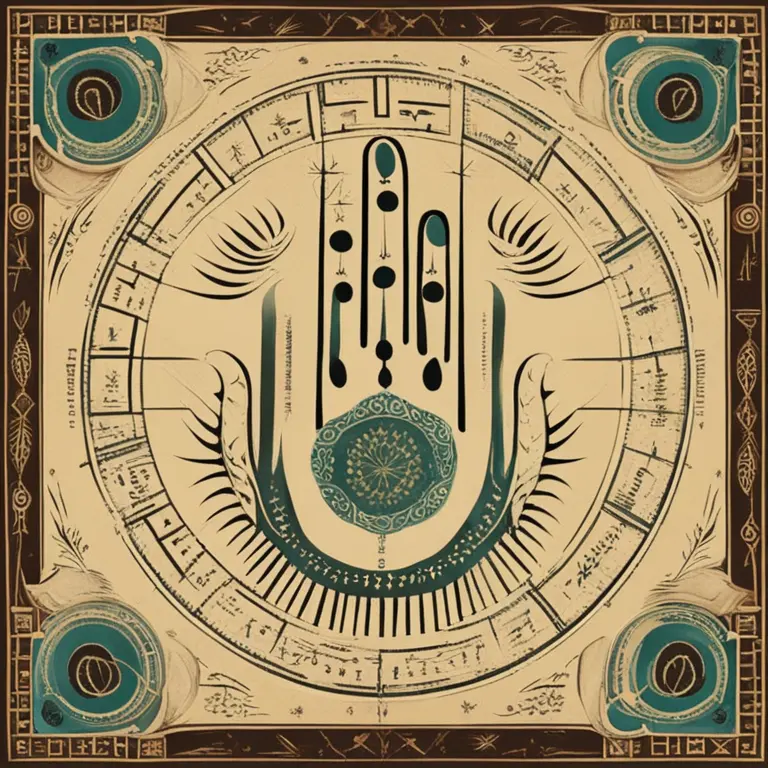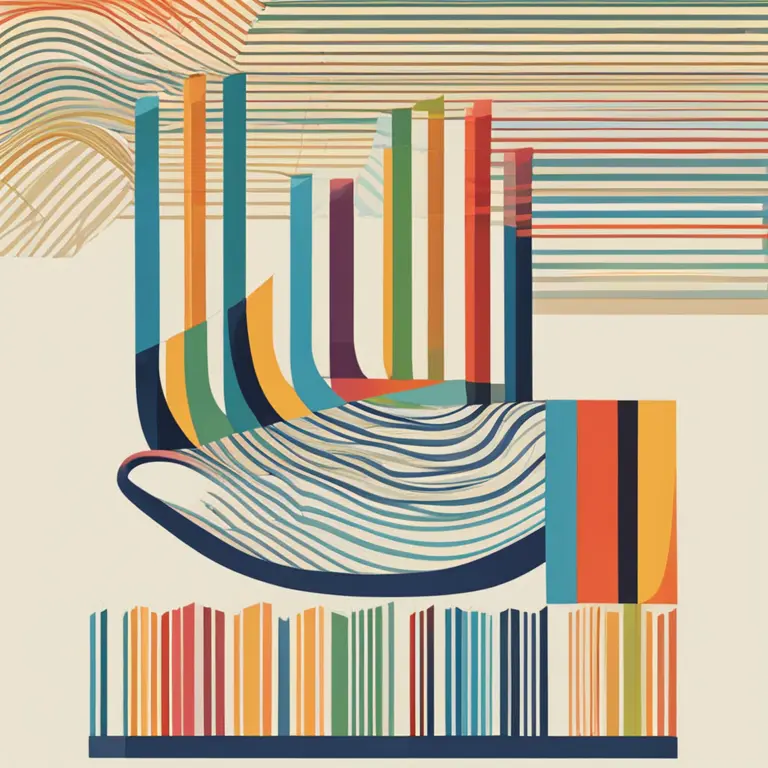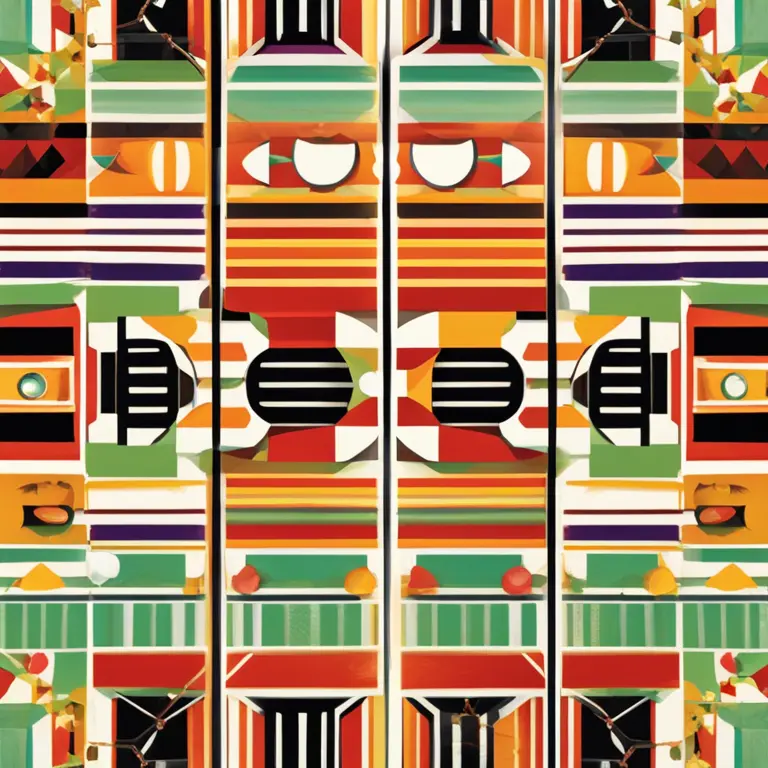
The Essence of Palmistry: Interpreting Life's Lines
Discover the foundational aspects of palmistry and how the ancient art provides insights into one's character and fate by analyzing the lines and features of the hand.
article by Nora Pennington
Introduction to Palmistry
Palmistry, or chiromancy, is a practice rich in history and mystery. It involves the study of the hand's shape, lines, and mounts to foretell a person's character traits and life's potential outcomes. The art has persisted throughout centuries, adapting to cultural contexts, and continues to fascinate individuals seeking personal insights. Despite skepticism, palmistry endures as a popular tool in the world of divination, offering a unique perspective on self-understanding and awareness in the modern age.

The Lines of Life
Central to palmistry are the lines etched into the palms—which are traditionally categorized into the heart, head, life, and fate lines. Each line is believed to reveal different aspects of an individual's life, such as emotional stability, intellectual abilities, vitality, and significant life changes. Practitioners approach these lines as a roadmap, with the belief that they can indicate past experiences and future possibilities. The depth, clarity, and length of these lines contribute to the complexity of the interpretation.

Palmistry's Mounts and Fingers
Beyond the lines, palmists examine the mounts—the fleshy pads beneath the fingers—and the fingers themselves. Each mount correlates with a different planet and is believed to expose additional personality traits and life potentials. The fingers, their length, shape, and flexibility, also hold meaning. They are linked to attributes governed by their associated celestial bodies, adding another layer to the individual's profile.

The Evolution of Palmistic Practice
While palmistry's roots run deep into antiquity, the practice has evolved to blend with contemporary spiritual ideologies and psychological concepts. Today's palmists often integrate modern theories of personality, providing a more holistic interpretation. This bridging of old and new promotes a version of palmistry that resonates with a 21st-century audience, eager to explore the intersections of tradition and contemporary thought.

Scientific Scrutiny and Palmistry
The scientific community typically regards palmistry with skepticism due to its subjective nature and lack of empirical evidence. However, some aspects of hand analysis, like dermatoglyphics—study of the patterns of ridges on the fingers and palms—have garnered scientific interest, showing potential genetic and developmental significance. While palmistry remains largely outside the realm of conventional science, the ongoing dialogue shapes its modern incarnation and compels enthusiasts to approach it with informed curiosity.
The Cultural Tapestry of Palmistry
Palmistry is not bound to a single culture or tradition; it is a global phenomenon with varying techniques and interpretations across the world. From Vedic practices in India to Chinese metaphysics and Western esoteric traditions, the art reflects a cultural tapestry that enriches its practice. As globalization influences palmistry, practitioners adopt and adapt aspects from different regions, weaving a rich, interconnected web of knowledge.
Modern Palmistry's Place in Society
In today's rapidly advancing society, palmistry offers an introspective pause, an invitation to explore oneself beyond the digital echo. It aligns with the growing acceptance of alternative spiritual paths and the exploration of self-empowerment. As individuals seek personalized experiences and spiritual connectivity, palmistry's appeal burgeons, affirming its place within the collective quest for understanding and meaning in an ever-changing world.
Published: 1/11/2024
Modified: 1/12/2024
More predictions
Come back here soon to learn more about yourself and your future


The Possibility of Palmistry in Cancer Detection
Examining the claims that palmistry holds any potential in identifying the risk of cancer: a deep dive into the world of mysticism and medicine.


The Essence of Palmistry: Interpreting Lines and Shapes
Delve into the world of palmistry to discover the meanings behind the lines and shapes etched into the palms of your hands.


The Efficacy of Palmistry: Real Insight or Fancy?
Delve into the validity of palmistry as a form of divination. Is there a truth behind the lines on our palms, or is it just a charming fancy?